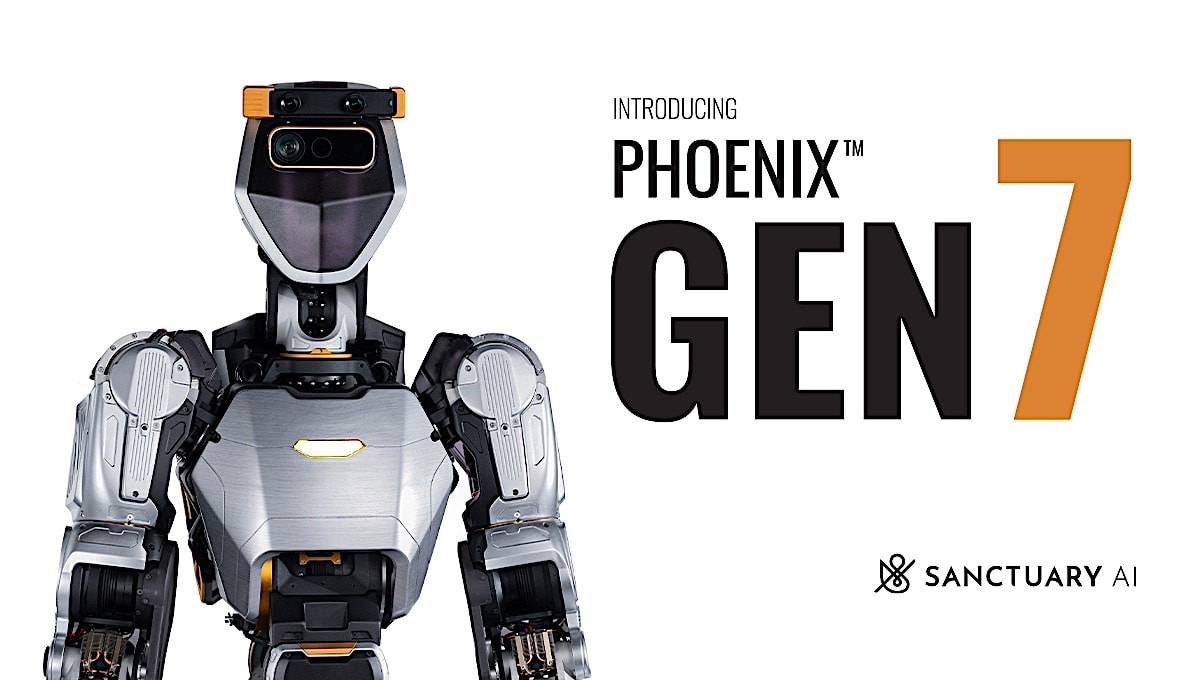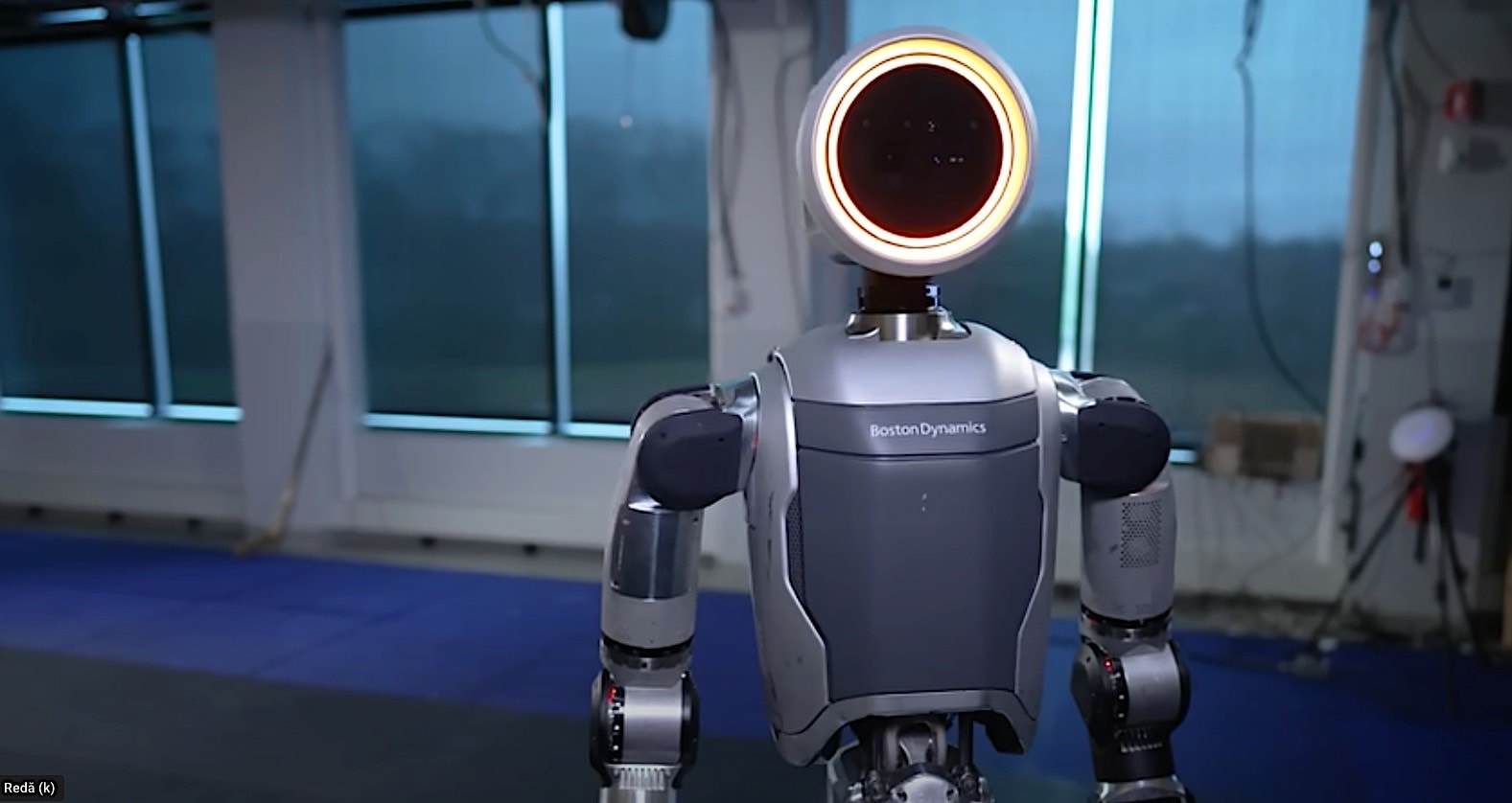The symbiotic relationship between humans and machines has been a cornerstone of industrial progress for centuries. While robots have long been a staple in factories, performing repetitive tasks with precision and efficiency, the emergence of humanoid robots marks a significant paradigm shift.
These bipedal machines, mimicking human form and capabilities, are poised to revolutionize automotive manufacturing. Humanoid robots, with their ability to go through complex environments, manipulate objects with dexterity, and interact with human workers, offer a unique advantage over traditional industrial robots. Their versatility allows them to perform a wide range of tasks, from assembly and inspection to quality control and maintenance.

This adaptability is particularly valuable in automotive manufacturing, where production lines are constantly evolving to meet changing consumer demands. One of the most promising humanoid robots in the automotive industry is Boston Dynamics’ Atlas.
This advanced machine possesses exceptional agility, balance, and strength, enabling it to perform tasks that were previously thought to be exclusively human domain. Atlas has demonstrated its capabilities in various scenarios, including going through challenging terrain, climbing obstacles, and manipulating objects with precision.
In the context of automotive manufacturing, Atlas could potentially be deployed for tasks such as loading and unloading parts, performing complex assembly operations, and even assisting in maintenance and repair.
Another notable humanoid robot is Tesla’s Optimus. While still in development, Optimus is designed to be a general-purpose humanoid robot capable of performing a wide range of tasks. Tesla aims to integrate Optimus into its manufacturing facilities, leveraging its capabilities to automate tasks that are currently performed by human workers. The potential benefits of such automation include increased efficiency, reduced labor costs, and improved safety.
As humanoid robots continue to advance, their role in automotive manufacturing is expected to grow. These machines have the potential to transform the industry by automating tasks, improving productivity, and enhancing worker safety. However, the successful integration of humanoid robots will require careful consideration of factors such as cost, reliability, and the ethical implications of replacing human workers.
Its ability to go through challenging terrain, manipulate objects, and recover from falls has garnered widespread attention and admiration. Sanctuary AI, a Canadian company, has developed Phoenix, a humanoid robot designed to execute human-like tasks in industrial settings. Phoenix’s advanced cognitive capabilities and dexterous movements enable it to seamlessly integrate into human-centric workflows.
Its deployment in factories and warehouses demonstrates the potential of humanoid robots to enhance productivity and efficiency. Apptronik, a spin-off from the University of Texas at Austin, has introduced Apollo, a modular humanoid robot with applications in warehousing and logistics.

Apollo’s customizable design and intelligent software allow it to adapt to diverse tasks and environments. Its recent collaboration with Mercedes-Benz highlights the growing interest in humanoid robots for automotive manufacturing.
Beyond these examples, other companies are also making significant contributions to the field of humanoid robotics. For instance, Agility Robotics has developed Cassie, a bipedal robot designed for outdoor navigation.
Cassie’s ability to walk, run, and even jump over obstacles showcases the potential for humanoid robots to be used in various outdoor applications, such as search and rescue or delivery services.
These groundbreaking developments highlight the rapid advancement of humanoid robotics and their transformative impact on various sectors. As technology continues to evolve, we can anticipate even more sophisticated and capable robots emerging, redefining the nature of work and human-machine interaction.

